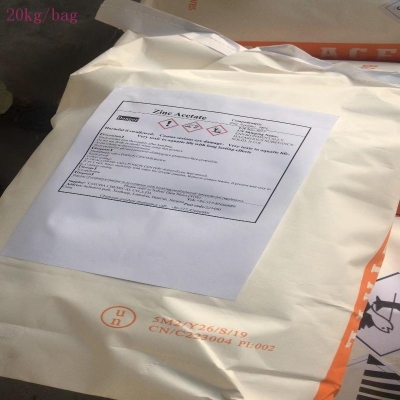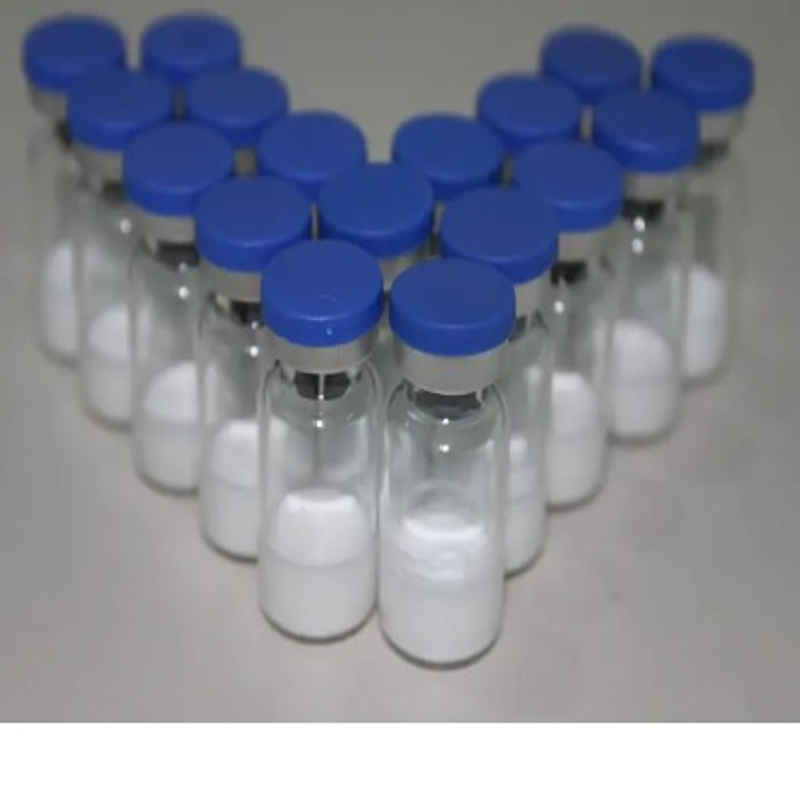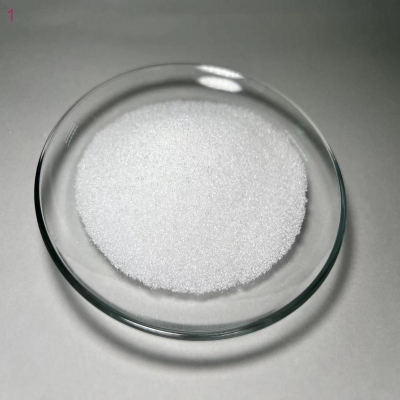-
Categories
-
Pharmaceutical Intermediates
-
Active Pharmaceutical Ingredients
-
Food Additives
- Industrial Coatings
- Agrochemicals
- Dyes and Pigments
- Surfactant
- Flavors and Fragrances
- Chemical Reagents
- Catalyst and Auxiliary
- Natural Products
- Inorganic Chemistry
-
Organic Chemistry
-
Biochemical Engineering
- Analytical Chemistry
-
Cosmetic Ingredient
- Water Treatment Chemical
-
Pharmaceutical Intermediates
Promotion
ECHEMI Mall
Wholesale
Weekly Price
Exhibition
News
-
Trade Service
According to national customs statistics, in 2015, my country exported a total of 35.
55 million tons of various fertilizers (in kind, the same below), an increase of 20% year-on-year, and the export volume hit a record high.
??? Among them, urea exports were 13.
75 million tons, a year-on-year increase of 0.
97%; diammonium phosphate exports were 8.
02 million tons, a year-on-year increase of 64.
3%; monoammonium phosphate exports were 2.
74 million tons, a year-on-year increase of 20.
2%; ammonium sulfate exports were 5.
25 million tons, a year-on-year increase An increase of 26.
4%; the export of ammonium chloride for fertilizers was 980,000 tons, a year-on-year increase of 74%; the export of nitrogen and phosphorus binary fertilizers was 860,000 tons, a year-on-year increase of 10.
9%; the export of potassium sulfate was 77,000 tons, a year-on-year increase of 23.
4%.
??? It is understood that my country’s exports continued to maintain a relatively high growth trend in 2015.
There are two main reasons.
One is that the export tariff system in the off-peak and peak seasons was cancelled in 2015, and uniform tariffs were adopted for exports throughout the year.
It is no longer the same as in the past.
Exports during the off-season and peak seasons are obviously restricted.
Exports will be possible throughout 2015, which is good for fertilizer exports.
Second, due to the continuous increase in domestic fertilizer production and the limited domestic demand, many companies are increasing Increased export efforts have enabled more fertilizer products to enter the international market.
55 million tons of various fertilizers (in kind, the same below), an increase of 20% year-on-year, and the export volume hit a record high.
??? Among them, urea exports were 13.
75 million tons, a year-on-year increase of 0.
97%; diammonium phosphate exports were 8.
02 million tons, a year-on-year increase of 64.
3%; monoammonium phosphate exports were 2.
74 million tons, a year-on-year increase of 20.
2%; ammonium sulfate exports were 5.
25 million tons, a year-on-year increase An increase of 26.
4%; the export of ammonium chloride for fertilizers was 980,000 tons, a year-on-year increase of 74%; the export of nitrogen and phosphorus binary fertilizers was 860,000 tons, a year-on-year increase of 10.
9%; the export of potassium sulfate was 77,000 tons, a year-on-year increase of 23.
4%.
??? It is understood that my country’s exports continued to maintain a relatively high growth trend in 2015.
There are two main reasons.
One is that the export tariff system in the off-peak and peak seasons was cancelled in 2015, and uniform tariffs were adopted for exports throughout the year.
It is no longer the same as in the past.
Exports during the off-season and peak seasons are obviously restricted.
Exports will be possible throughout 2015, which is good for fertilizer exports.
Second, due to the continuous increase in domestic fertilizer production and the limited domestic demand, many companies are increasing Increased export efforts have enabled more fertilizer products to enter the international market.







